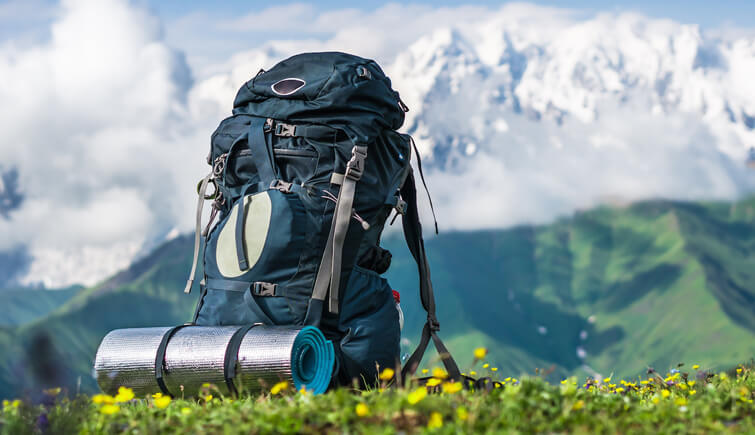
Welcome to our article on the 12 secrets for successful lightweight backpacking. In this comprehensive guide, we will delve into the essential aspects of gear selection to hygiene.
This article aims to provide you with expert insights and valuable tips to enhance your backpacking experience. We will cover a range of topics, from minimizing pack weight to optimizing food and water choices.
Our goal is to empower you with the knowledge needed to embrace a minimalist approach while ensuring safety and comfort on your outdoor adventures.
So, let's embark on a journey towards freedom and efficiency in backpacking.
Gear Selection
One key aspect of successful lightweight backpacking is the careful selection of gear. When it comes to gear selection, it is important to consider not only the weight and functionality but also the ease of gear maintenance and repair.
Lightweight backpackers understand the significance of having durable gear that can withstand the rigors of the trail. They prioritize gear that is made from high-quality materials and has reinforced seams and zippers. Additionally, they opt for gear that is easy to clean and maintain, as this ensures longevity and reliability.
In the event of any damage or wear and tear, lightweight backpackers also invest in gear that is easy to repair, either on the trail or at home. By carefully selecting gear that prioritizes maintenance and repair, lightweight backpackers can continue to enjoy their adventures with peace of mind.
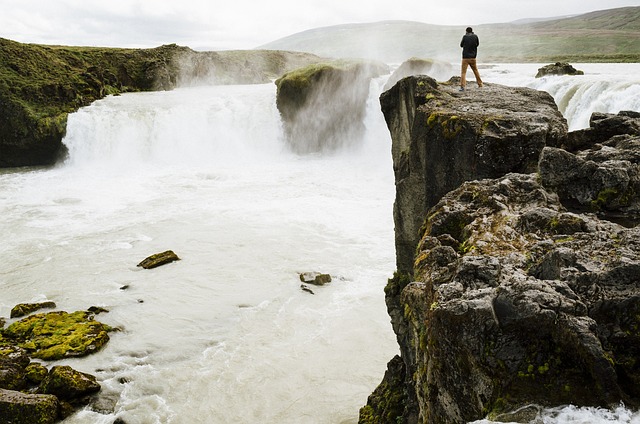
Pack Weight
When it comes to lightweight backpacking, minimizing gear is essential for efficiency. However, it's important to find the right balance between weight and functionality.
In this discussion, we will explore strategies for reducing pack weight while still ensuring you have the necessary equipment to meet your needs on the trail.
Minimizing Gear for Efficiency
To optimize pack weight efficiency in lightweight backpacking, careful selection and reduction of gear is essential. By minimizing the gear you carry, you can lighten your load and increase your freedom on the trail.
Here are three key strategies for minimizing gear and maximizing efficiency:
Gear Organization: Keep your gear organized and easily accessible by using packing cubes or stuff sacks. This will help you avoid wasting time searching for items and ensure that everything has its own place in your pack.
Pack Organization: Utilize the compartments and pockets of your backpack effectively. Place frequently used items in easy-to-reach locations and distribute weight evenly throughout your pack to maintain balance and stability.
Multi-purpose Items: Look for gear that serves multiple functions. For example, a lightweight tarp can be used as both a shelter and a groundsheet, eliminating the need for a separate tent and footprint.
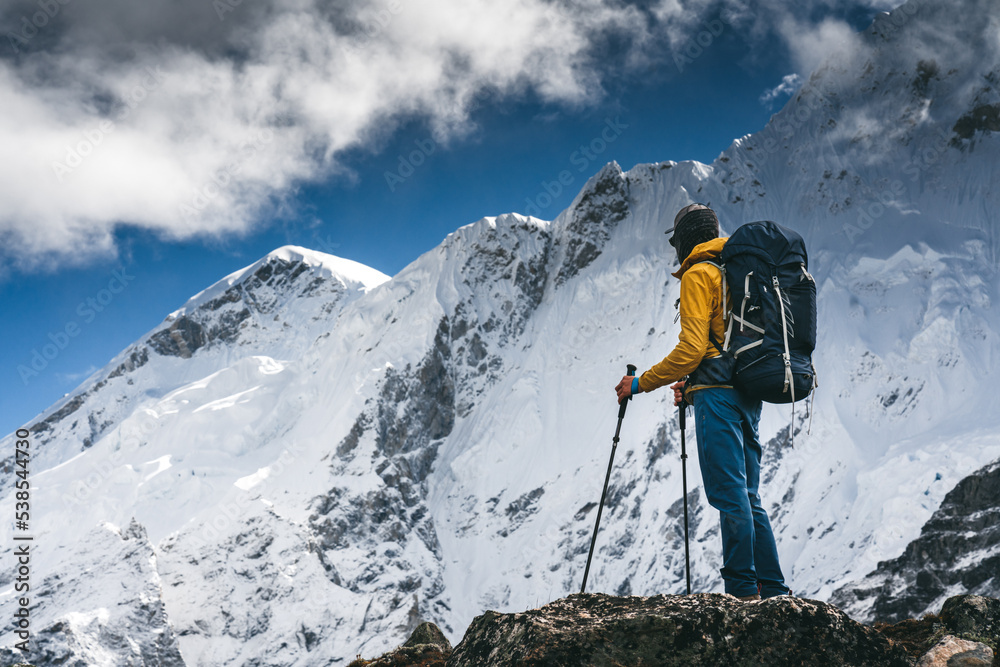
Balancing Weight and Functionality
Finding the right balance between pack weight and functionality is crucial for successful lightweight backpacking. When it comes to balancing comfort and the weight of your gear, it's important to prioritize your needs and make informed decisions.
Lightweight gear is designed to reduce the overall weight of your pack without compromising functionality. Look for gear made from lightweight materials such as titanium or carbon fiber, which can significantly reduce weight without sacrificing durability. Additionally, consider multi-purpose items that can serve multiple functions to further lighten your load.
Remember to evaluate the trade-offs between weight and functionality for each piece of gear, ensuring that you have what you need without carrying unnecessary items. By carefully selecting lightweight gear that meets your needs, you can strike the perfect balance between pack weight and functionality, allowing for a more enjoyable and freeing backpacking experience.
Food and Water
For successful lightweight backpacking, proper selection and management of food and water are essential.
When it comes to food, opting for lightweight meals is key. Consider dehydrated or freeze-dried options that can be rehydrated with hot water. These meals are not only lightweight but also provide the necessary nutrition for your adventure. Additionally, packing energy bars, nuts, and dried fruits can serve as quick and easy snacks while on the trail.
As for water, it is crucial to have a reliable water purification system to ensure your safety. Investing in a lightweight water filter or purification tablets will allow you to drink from natural water sources without worrying about harmful contaminants.
Clothing
Selecting appropriate clothing is crucial for successful lightweight backpacking. When it comes to clothing options, the key is to strike a balance between weight, functionality, and comfort.
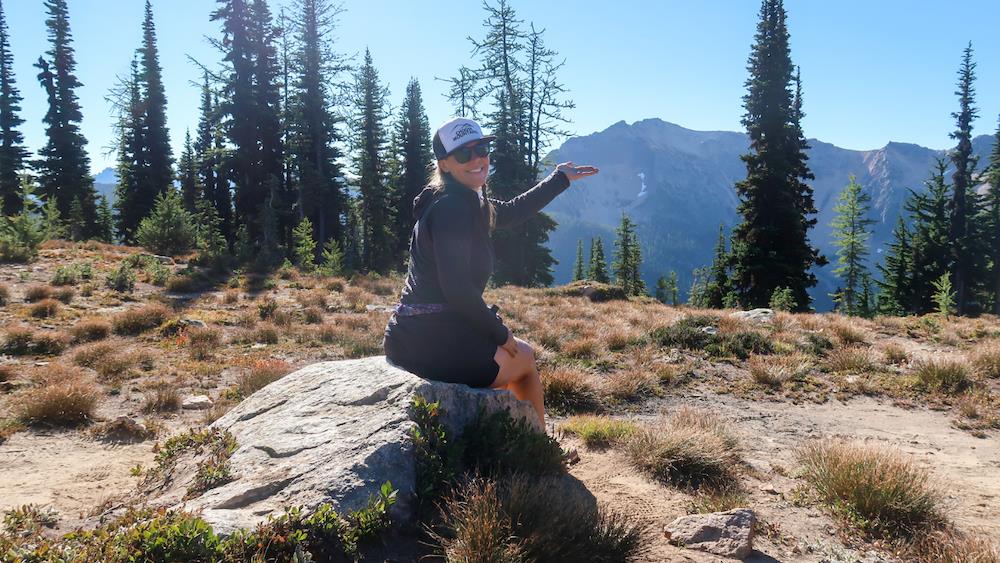
Opt for lightweight, quick-drying fabrics that can withstand outdoor conditions. Look for materials that wick away moisture and provide insulation when needed.
Layering techniques are essential to adapt to changing weather conditions. Start with a moisture-wicking base layer, such as a lightweight merino wool shirt, to keep your body dry.
Add a mid-layer for insulation, like a fleece jacket or down vest, and finish with a waterproof and breathable shell for protection against wind and rain.
Shelter
A lightweight and durable tent is essential for successful lightweight backpacking. When it comes to shelter, choosing the right materials and ensuring adequate weather protection are key. Here are three important factors to consider:
Weight: Opt for a tent made of lightweight materials such as silnylon or cuben fiber. These materials are strong and durable while keeping the overall weight of your pack to a minimum.
Weather Resistance: Look for a tent that offers excellent weather protection. Features like a waterproof rainfly, sealed seams, and a durable floor will keep you dry and comfortable in various conditions.
Design and Size: Consider the design and size of the tent. Look for a freestanding or semi-freestanding tent that is easy to pitch and provides ample space for you and your gear. Additionally, a tent with good ventilation will help prevent condensation buildup inside.

When it comes to choosing footwear for lightweight backpacking, it is essential to consider the terrain type.
The decision between shoes and boots depends on the specific conditions you will encounter during your hike.
Shoes are ideal for flatter trails and warmer weather, providing more flexibility and breathability.
Boots, on the other hand, offer better ankle support and protection for rugged terrains and colder climates.
Understanding the terrain will help you make an informed decision about the most suitable footwear for your lightweight backpacking adventure.
Shoe Vs. Boot
The choice between a shoe and a boot is an essential decision when considering appropriate footwear for lightweight backpacking. Both options have their own advantages and drawbacks, so it's important to weigh the pros and cons before making a decision. Here is a comparison to help you make an informed choice:
Durability comparison:
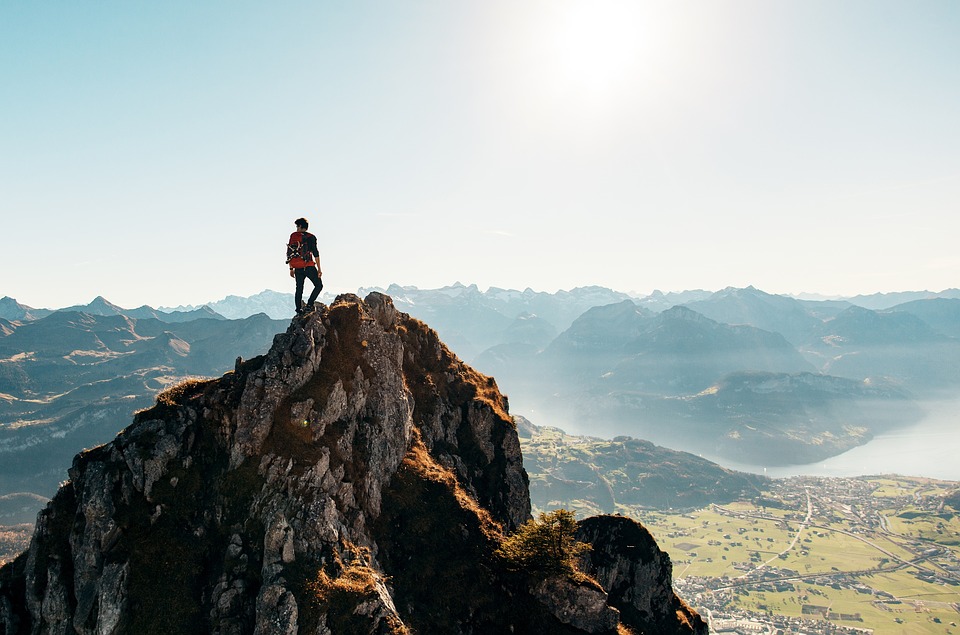
- Shoes are generally lighter and more flexible, but they may not provide the same level of durability as boots.
- Boots are typically sturdier and offer better ankle support, making them a preferred choice for rugged terrains and longer hikes.
Pros of shoes:
- Lightweight and more comfortable for shorter hikes or trail running.
- Provide better breathability, reducing the chance of sweaty feet and blisters.
Pros of boots:
- Offer superior ankle and arch support, reducing the risk of injuries.
- Provide better protection against rough terrains and harsh weather conditions.
Consider the terrain, duration of your hike, and personal preference when making your decision. Remember, the right choice of footwear will ensure your feet stay comfortable and protected throughout your backpacking adventure.
Consider Terrain Type
Considering the terrain type is crucial when selecting appropriate footwear for lightweight backpacking. The terrain difficulty and trail conditions play a significant role in determining the type of footwear that will provide optimal comfort, stability, and protection.
For easy or well-maintained trails, lightweight hiking shoes are usually sufficient. These shoes offer flexibility and breathability, allowing for freedom of movement and preventing overheating. They are ideal for low-impact terrains and shorter hikes.
On the other hand, more rugged terrains with uneven surfaces, rocky paths, or steep inclines require sturdier footwear. Hiking boots provide the necessary ankle support, cushioning, and traction to navigate challenging trails. They offer better protection against rocks, roots, and other potential hazards.
When considering the terrain type, it is essential to assess the difficulty level and trail conditions beforehand. This will help you make an informed decision and choose the right footwear that will enhance your lightweight backpacking experience while ensuring your comfort and safety.
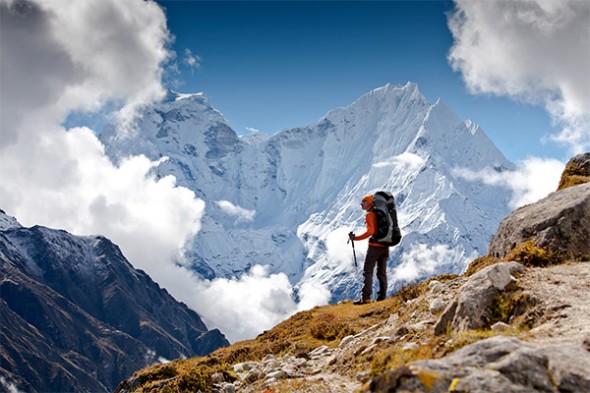
Cooking Gear
To ensure efficiency and convenience, backpackers should carefully select a lightweight cooking gear that suits their specific needs. When it comes to cooking gear, every ounce matters. Here are three essential items to consider:
Lightweight cookware: Opt for durable, yet lightweight materials such as titanium or aluminum. These materials offer excellent heat distribution and are easy to clean. Look for compact designs that can nest together to save space in your backpack.
Portable stove: Choose a lightweight and compact stove that suits your cooking style. There are various options available, including canister stoves, alcohol stoves, and wood-burning stoves. Consider factors such as fuel efficiency, ease of use, and stability when making your selection.
Utensils: Pack lightweight and multi-purpose utensils, such as a spork or a titanium utensil set. These versatile tools will allow you to cook, eat, and stir your meals without adding unnecessary weight to your pack.
First Aid Kit
When embarking on a lightweight backpacking trip, it is crucial to prioritize safety by carrying essential items in your first aid kit. This includes items such as bandages, antiseptic ointment, pain relievers, and medical tape.
However, to save weight and space, consider minimalist first aid essentials that serve multiple purposes, such as a multi-tool with a built-in knife and scissors.
Additionally, for emergencies where weight is a concern, explore weight-saving alternatives like compact, lightweight tourniquets or self-adhesive bandages.
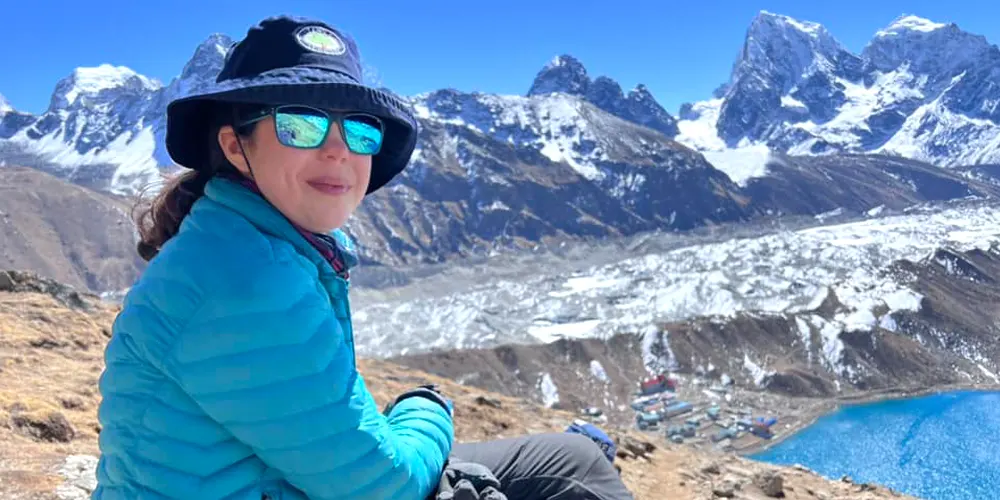
Essential Items for Safety
One crucial component of successful lightweight backpacking is ensuring the presence of a well-stocked first aid kit. Safety essentials and emergency preparedness are paramount when venturing into the wilderness.
Here are three essential items that should be included in every backpacker's first aid kit:
Adhesive bandages: These are useful for covering small cuts, blisters, and abrasions. Look for waterproof and breathable options to ensure durability and comfort.
Antiseptic wipes: These wipes are essential for cleaning wounds and preventing infection. They are lightweight, compact, and easy to use, making them ideal for backpacking trips.
Tweezers: A pair of tweezers is invaluable for removing splinters, thorns, or ticks. Opt for a lightweight, stainless steel pair that can be easily sterilized.
Minimalist First Aid Essentials
The minimalist first aid essentials for a lightweight backpacking trip include a select number of crucial items that prioritize safety and emergency preparedness. When it comes to minimalist medical supplies, it is important to choose items that are lightweight and versatile.
A basic first aid kit should include adhesive bandages, antiseptic wipes, gauze pads, adhesive tape, and tweezers. These items can be used to treat minor cuts, scrapes, and blisters that may occur during your trip.
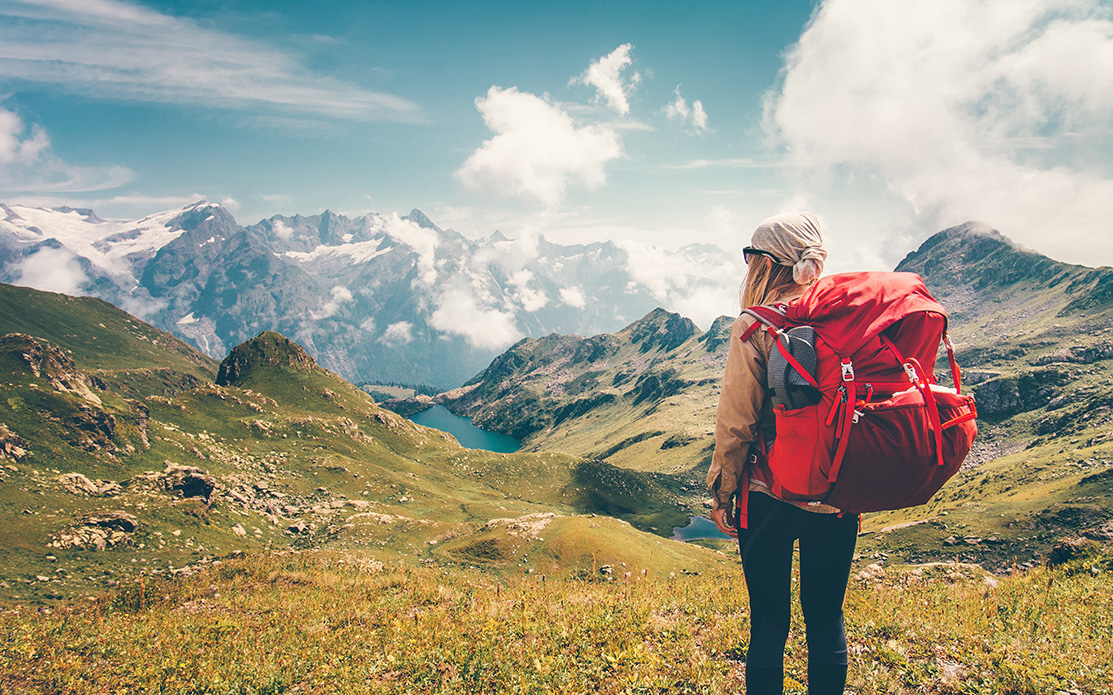
Additionally, it is important to be familiar with DIY first aid techniques, such as how to clean and dress a wound properly, how to splint a broken bone, and how to recognize the signs of dehydration or hypothermia.
Weight-Saving Alternatives for Emergencies
Utilizing lightweight and space-saving alternatives for emergencies, such as a compact first aid kit, is essential for successful lightweight backpacking. When it comes to weight saving alternatives for emergency preparedness, there are several options to consider:
Multi-purpose items: Choose items that serve multiple functions. For example, a bandana can be used as a bandage, as a sling, or as a water filter.
Repackaged supplies: Instead of carrying bulky pre-packaged first aid kits, consider repackaging essential supplies into smaller, lightweight containers. This allows for customization and eliminates unnecessary items.
Knowledge and skills: Investing time in acquiring basic first aid knowledge and skills can significantly reduce the need for carrying excessive supplies. Knowing how to properly clean and dress wounds, splint injuries, and administer CPR can make a huge difference in emergency situations.
Navigation
Navigating through the wilderness is made easier with the use of a reliable compass and topographic maps. When backpacking in remote areas, it is crucial to have a good understanding of map reading and compass use.
Topographic maps provide detailed information about the terrain, elevation, and landmarks, helping backpackers plan their routes and anticipate challenges. It is important to familiarize yourself with the map's legend and symbols to interpret the information accurately.
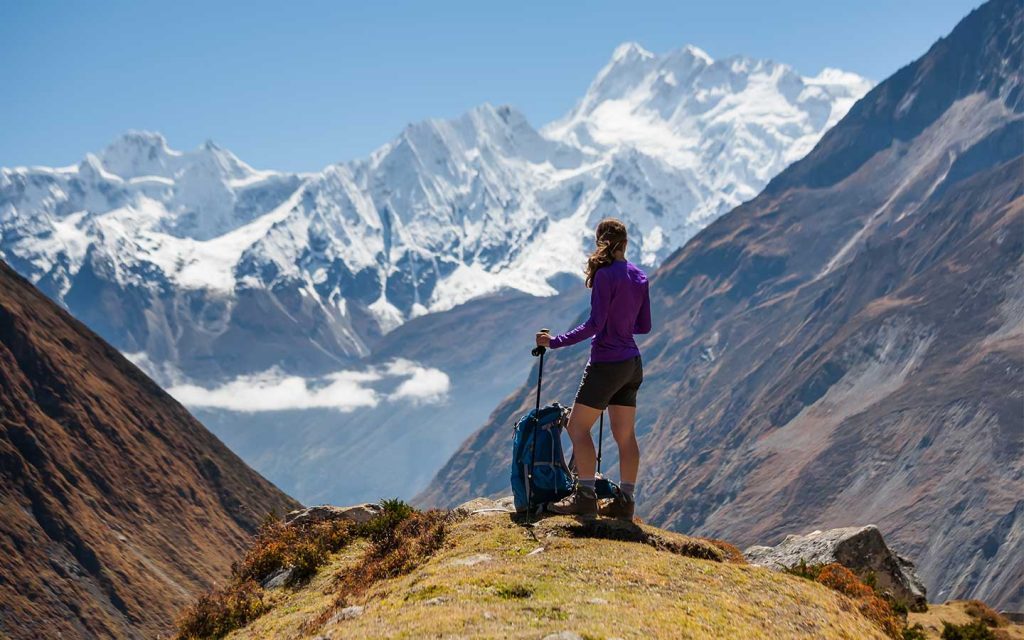
A compass, on the other hand, helps determine direction and keeps you on track. By using the compass in conjunction with the map, you can navigate through the wilderness confidently, even in areas with limited visibility. Remember to regularly update your position on the map and make adjustments as needed to ensure a successful and safe backpacking experience.
Safety Equipment
To ensure a safe and secure backpacking experience, it is essential to equip yourself with the necessary safety equipment. When venturing into the wilderness, you never know what challenges may arise, making it crucial to be prepared.
Here are three key items to consider including in your safety equipment:
First Aid Kit: Accidents can happen anytime, anywhere. A lightweight and compact first aid kit should contain essentials like bandages, antiseptic wipes, pain relievers, and adhesive tape.
Personal Locator Beacon (PLB): In case of emergencies, a PLB can be a lifesaver. These small devices transmit a distress signal to emergency services, providing your exact location, even in remote areas with no cell phone coverage.
Communication Protocols: Establishing communication protocols with your hiking partners is vital. Agree on a meeting point and time in case you get separated, and establish a check-in system to ensure everyone's safety.
Hygiene
Maintaining proper hygiene is essential for a successful lightweight backpacking experience, ensuring cleanliness and minimizing the risk of illness or discomfort while on the trail.
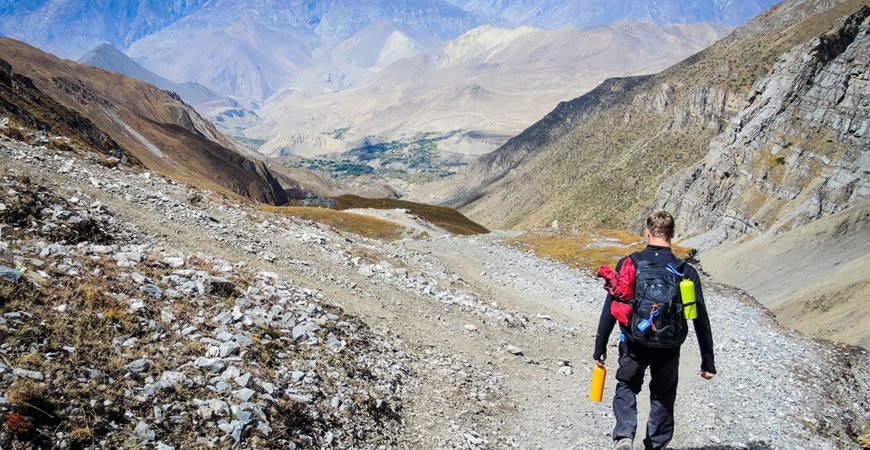
When it comes to personal hygiene, it's important to pack lightweight and compact items that will meet your needs. Consider bringing biodegradable soap, toothpaste tablets, and a small towel or bandana for washing yourself.
To manage waste, always follow Leave No Trace principles and pack out all trash, including toilet paper. If you're camping in areas without facilities, consider using a trowel to dig a small hole for burying human waste, at least 200 feet away from water sources. Alternatively, you can bring a portable toilet system designed for backpacking.
Minimalist Approach
A key aspect of achieving a minimalist approach in lightweight backpacking is carefully selecting gear that prioritizes functionality and efficiency. By using ultralight equipment and employing minimalist packing strategies, backpackers can lighten their load and enhance their freedom on the trail.
Here are three essential tips for adopting a minimalist approach:
Multi-purpose items: Choose gear that serves multiple functions, such as a lightweight tarp that can be used as a shelter, groundsheet, and rain cover. This reduces the number of items you need to carry.
Streamlined clothing: Opt for versatile clothing pieces that can be layered to adapt to various weather conditions. Look for lightweight, quick-drying fabrics that take up minimal space in your pack.
Minimal toiletries: Consider your hygiene needs and pack only the essentials. Utilize travel-sized containers and opt for multi-purpose products like biodegradable soap that can be used for both body and dishes.
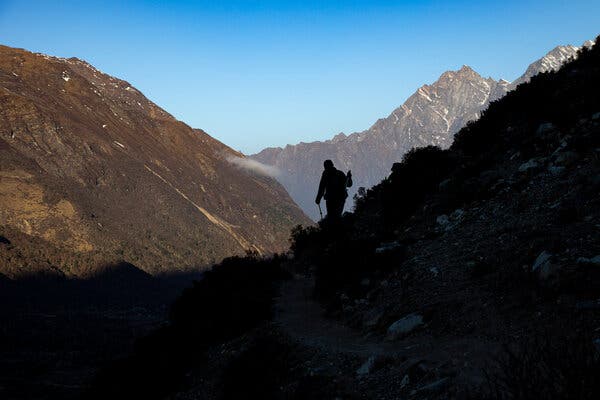
Frequently Asked Questions
What Are Some Tips for Staying Clean and Practicing Good Hygiene While Lightweight Backpacking?
Backcountry sanitation and practicing good hygiene while lightweight backpacking are essential for maintaining cleanliness and preventing illness. Portable hygiene products such as biodegradable soap and wet wipes can help ensure cleanliness in remote environments.
How Can I Determine the Appropriate Pack Weight for My Backpacking Trip?
Determining the appropriate pack weight for a lightweight backpacking trip requires careful consideration of factors such as distance, duration, and personal fitness. Proper gear selection and hygiene practices are essential for a successful and enjoyable experience.
Are There Any Specific Types of Food and Water That Are Recommended for Lightweight Backpacking?
When it comes to lightweight backpacking, it is important to consider the types of food and water you bring on your trip. Opt for lightweight, high-calorie meals and consider water filtration options to minimize weight and ensure hydration. Additionally, follow proper hygiene practices to stay clean and minimize waste.
What Clothing Items Should I Prioritize When Packing for a Lightweight Backpacking Trip?
When packing for a lightweight backpacking trip, it is important to prioritize essential clothing items and consider clothing layering. This will ensure proper insulation, protection from the elements, and maximize comfort during the journey.
Are There Any Specific Safety Precautions or Equipment That I Should Be Aware of When Lightweight Backpacking?
When lightweight backpacking, it is important to be aware of specific safety precautions and equipment. These may include measures to deal with wildlife encounters and navigation challenges. Lightweight backpacking has its pros and cons compared to traditional backpacking.
 Liveaboard LifestyleTravel DestinationsExPat Places to LiveRV LifeDigital Nomad TravelPrivacy PolicyTerms And Conditions
Liveaboard LifestyleTravel DestinationsExPat Places to LiveRV LifeDigital Nomad TravelPrivacy PolicyTerms And Conditions
